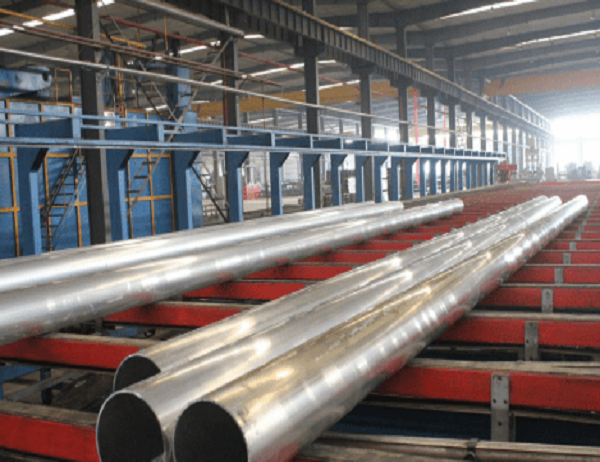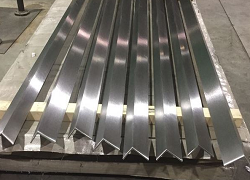Innovative Applications of Aluminum Heat Sinks: Unlocking Thermal Management Potential
In the realm of electronics, heat dissipation poses a significant challenge that can compromise device performance and longevity. Aluminum heat sinks, with their exceptional thermal conductivity, have emerged as a game-changer, offering innovative solutions for managing heat and enhancing system reliability.
Thermal Pathways to Efficiency
Aluminum heat sinks operate by transferring heat away from critical components, creating a thermal pathway that enables efficient heat dissipation. Their intricate fin designs, combined with the high thermal conductivity of aluminum, provide a vast surface area for heat exchange, maximizing heat transfer from the heat source to the surrounding environment.
Versatile Applications across Industries
The versatility of aluminum heat sinks extends across various industries, including:
Electronics: Cooling high-power transistors, CPUs, and GPUs in computers, mobile devices, and industrial equipment.
Automotive: Regulating engine temperature, cooling turbochargers, and managing thermal load in electric vehicles.
Aerospace: Ensuring reliable operation of avionics, reducing heat stress on satellite components, and mitigating thermal challenges in supersonic aircraft.
Specialized Designs for Optimal Heat Dissipation
To meet diverse thermal management needs, aluminum heat sinks are engineered in a variety of designs, including:
Extruded: Cost-effective designs with customizable fin shapes and sizes for specific applications.
Bonded Fin: Heat sinks with high surface area and uniform thermal conductivity for demanding thermal challenges.
Forged: High-strength heat sinks for rugged environments and critical thermal applications.
Benefits of Aluminum Heat Sinks
Beyond their efficiency, aluminum heat sinks offer numerous advantages:
Lightweight: Aluminum’s low density contributes to reduced weight in applications where mass is critical.
Corrosion Resistance: Aluminum’s oxide layer protects against corrosion, ensuring long-term performance.
Cost-Effective: Aluminum is relatively inexpensive, making it a viable solution for mass production applications.
Conclusion
Aluminum heat sinks have revolutionized thermal management by providing innovative solutions for dissipating excess heat from electronic devices. Their exceptional thermal conductivity, versatility, and specialized designs enable engineers to optimize system performance and ensure reliable operation across a wide range of industries. As technology continues to evolve, the demand for innovative aluminum heat sink applications will undoubtedly continue to increase, unlocking new possibilities for heat management and enhancing the future of electronics.



